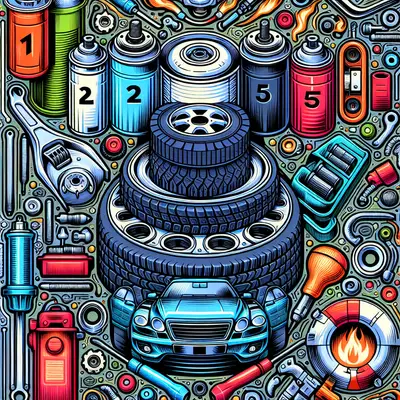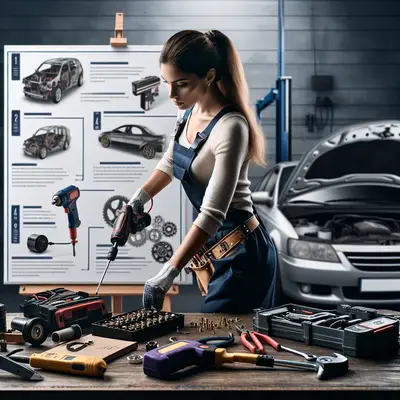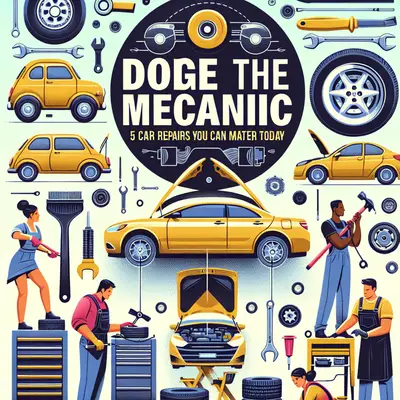Car owners know the dread that comes over you when your vehicle starts acting up. And while we all love the convenience of a professional mechanic, sometimes a little DIY ingenuity can save the day (and your wallet). Here are five lesser-known car fixes that every DIY mechanic should have in their toolkit.
Remember, safety first! Always make sure the engine is off and cool before performing any of these fixes.
Rethinking Toothpaste: Headlight Cleaner
Did you know that the same toothpaste you use to polish your teeth can also restore the shine to your car's foggy headlights? Apply a little toothpaste to a clean, damp cloth and rub it onto the headlight in a circular motion. Rinse with clean water and dry. The mild abrasive in the toothpaste helps to remove grime and buildup, leaving your headlights looking brand new.
Soda Pop Science: Corrosion Remover
Over time, battery terminals can become corroded, which can negatively affect your car's performance. A can of soda can come to the rescue here. Pour a small amount of soda on the corroded area, let it sit for a few minutes, then scrub with a toothbrush. Rinse thoroughly with water and dry. The acid in the soda helps to remove corrosion.
Nail Polish: Small Scratch Concealer
While it won't work for larger scratches, clear nail polish can cover small scratches on your car's surface. Clean the area thoroughly, then apply a light coating of clear nail polish. Give it time to dry. The polish will fill in the scratch and provide a sealant against rust.
Pantyhose: Emergency Fan Belt
If your fan belt snaps while you're on the road, a pair of pantyhose can be a temporary fix. Cut a strip from the pantyhose and tie it around the pulleys in the same path the fan belt took. This should allow you to drive to a nearby auto shop to get a proper replacement.
Duct Tape: Temporary Leak Patch
If you discover a small leak in a hose, duct tape can be used as a temporary solution. Clean the area around the leak, then wrap the duct tape tightly around the hose. This should hold until you can get the hose replaced.
Conclusion
While these fixes are not meant to replace regular maintenance or professional repairs, they can be handy in a pinch. Remember, the key to successful DIY car repair is to understand the problem, have the right tools, and know when it's time to call in a professional. Always prioritize safety when performing any car repairs.



